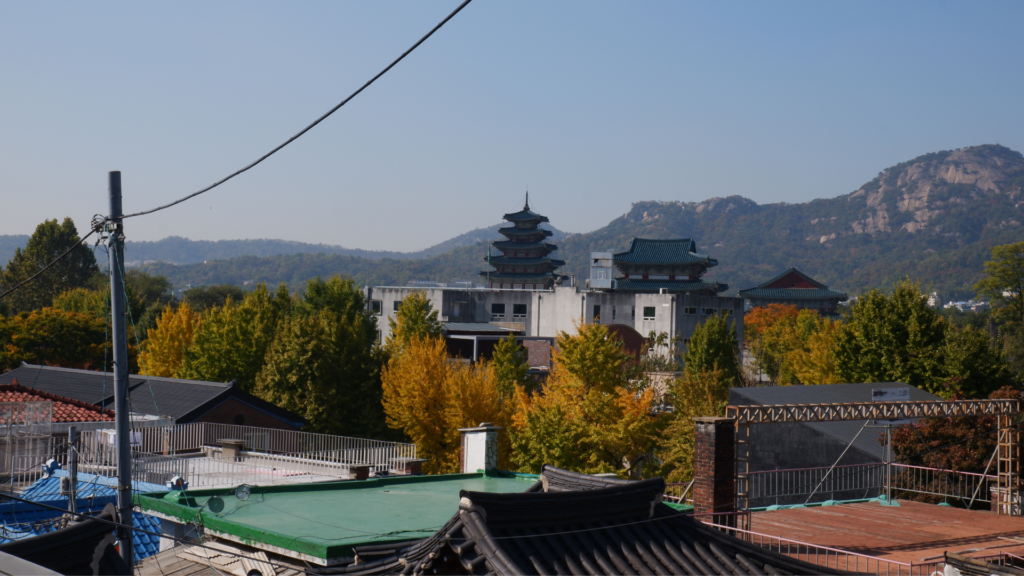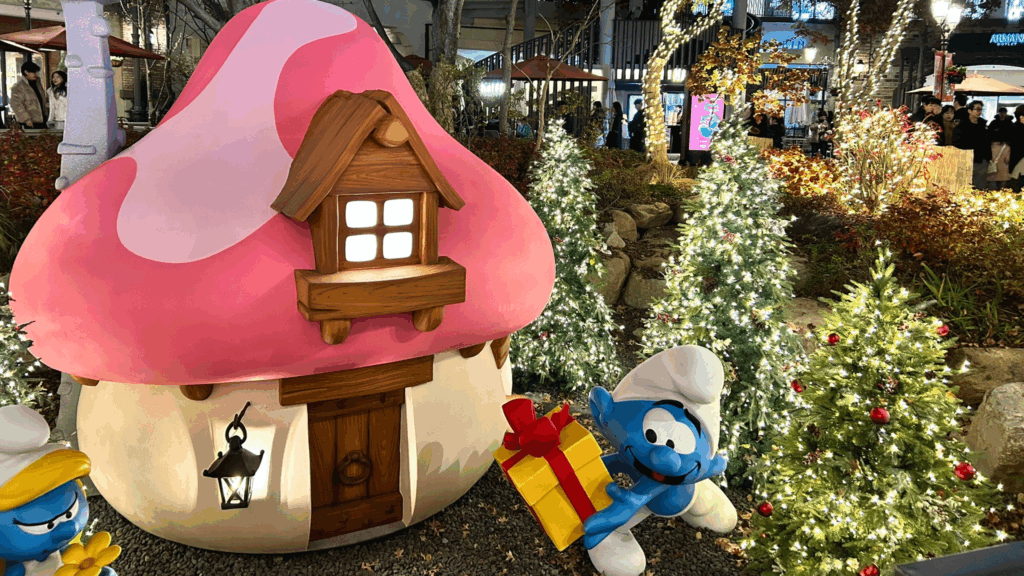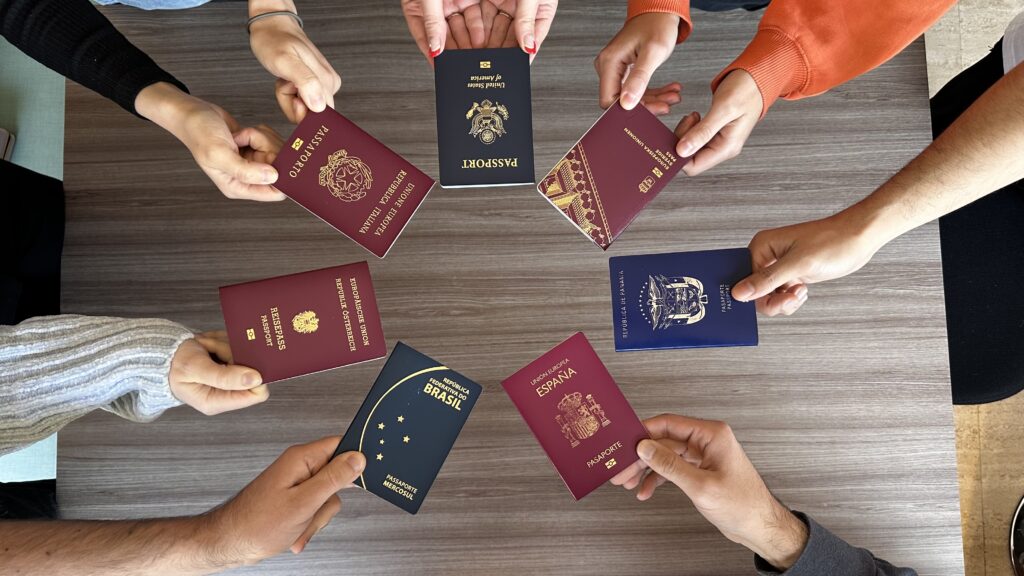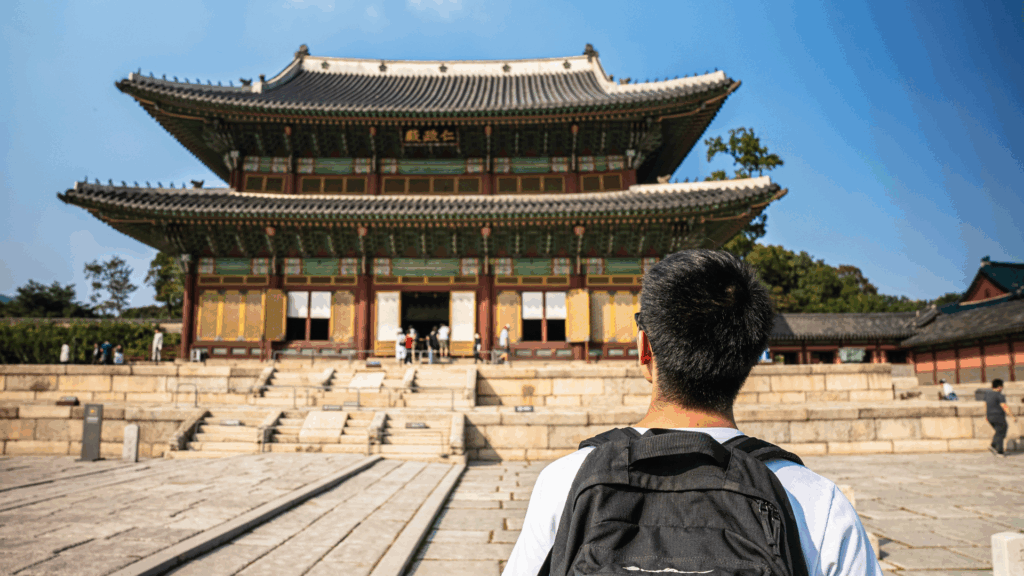If you live around Gongdeok (공덕), or Hongdae (홍대), the likelihood of you knowing about the Gyeongui Line (경의선) path is possibly very high.
 It’s one of the best attractions for those who love the great outdoors. This is a good little escape for those living all alone in Seoul. You are among a great many companions as you traverse along this park. Be it morning or night time, you will always be surrounded by people. Though it gets livelier in the evening, it is still a place where you will not experience loneliness once. Young children play along the stream that meanders through the entire path. Old people take an evening stroll and young couples roam around after a long day. It is surrounded by small shops selling alcohol, snacks, and dinner items during the night time. The environment only makes you feel happy as there is warmth and laughter all around.
It’s one of the best attractions for those who love the great outdoors. This is a good little escape for those living all alone in Seoul. You are among a great many companions as you traverse along this park. Be it morning or night time, you will always be surrounded by people. Though it gets livelier in the evening, it is still a place where you will not experience loneliness once. Young children play along the stream that meanders through the entire path. Old people take an evening stroll and young couples roam around after a long day. It is surrounded by small shops selling alcohol, snacks, and dinner items during the night time. The environment only makes you feel happy as there is warmth and laughter all around.
Seontongmulcheon (선통물천) – Gyeongui line
The stream flowing through the Gyeongui Line is known as Seontongmulcheon (선통물천). It was created during the Japanese occupation of Korea. It originally ran through Ahyeon (아현) and Gongdeok, through Mapo (마포) into the Han River (한강). The stream was redirected to provide water to areas around Yeomnidong (염리동), such as Nogosan (노고산) and Sinsudong (신수동). This stream was used as a place where goods entering Mapo were unloaded. The translation of the name of the stream is ‘stream where goods are unloaded.’ By 1993, this stream was completely covered. Now the path is the portion of the Gyeongui Line that connects Gongdeok to Sinsudong. Trees in this area make an arch with branches entangled into one another, providing good shade. The sunlight peeking through these branches creates great light effects for pictures.
 Sogang sky bridge (서강하늘다리)
Sogang sky bridge (서강하늘다리)
As you come towards the area closer to Sinchon (신촌), taller buildings start appearing in view as you pass the Sogang University (서강대학교) subway station. The Sogang Sky Bridge (서강하늘다리) connecting Sinchon to Hongdae provides an expansive view of the skyline as you can view Sinchon with all of its high rises on one end of the road leading to Gwangheungchang (광흥창) on the other side. As you cross over the bridge, the bars and Korean barbecue restaurants increase in close with Hongdae. This area of the Gyeongui Line has the remnants of an old railroad that was in use during the Japanese occupation era. This area housed many artists and musicians in earlier times, defining the Hongdae culture to this day.
Book street (책거리)
The area is home to many street performers and many of Korea’s indie artists started from here. Thus, this area marks an important portion of Korean modern culture. The Gyeongui Line was moved underground as a subway line and reconstructed around 2009 connecting Yongsan (용산) to Gajwa (가좌). This part of the Gyeongui Line is known as the Book Street (책거리) as you move closer to Hongdae. There are large stairs along this area where people often come out to sit with a book and a coffee. Later at night you might catch some indie artists playing for those sitting around in the area. This street was completed in October 2016 with the intention of becoming a cultural hub for people to interact with one another and discuss art and culture.
This path both offers a connection to nature, a good place to exercise, and a good excuse to fight bouts of loneliness. It is highly recommended to take a stroll around this area!

 Sogang sky bridge (서강하늘다리)
Sogang sky bridge (서강하늘다리)






